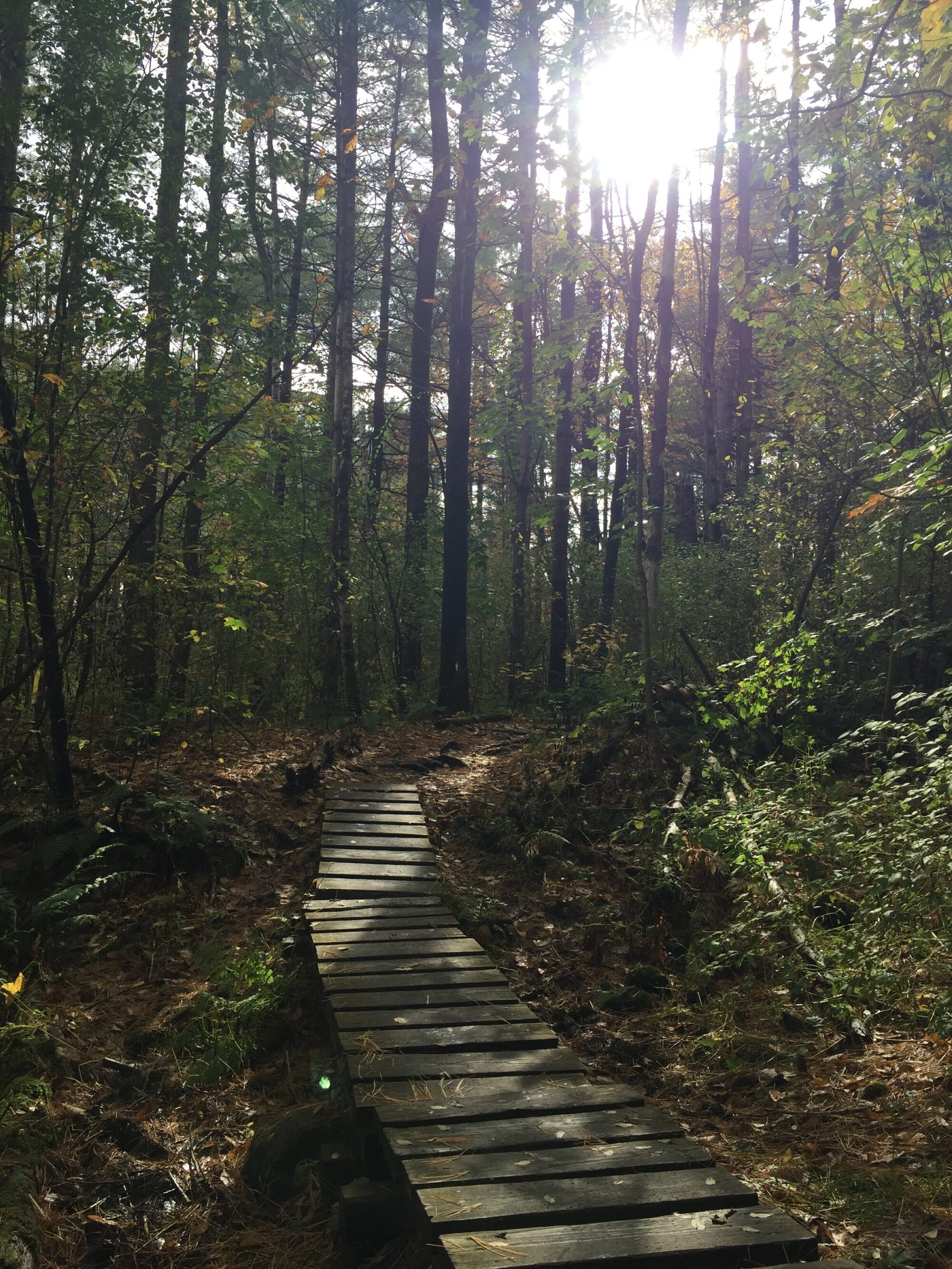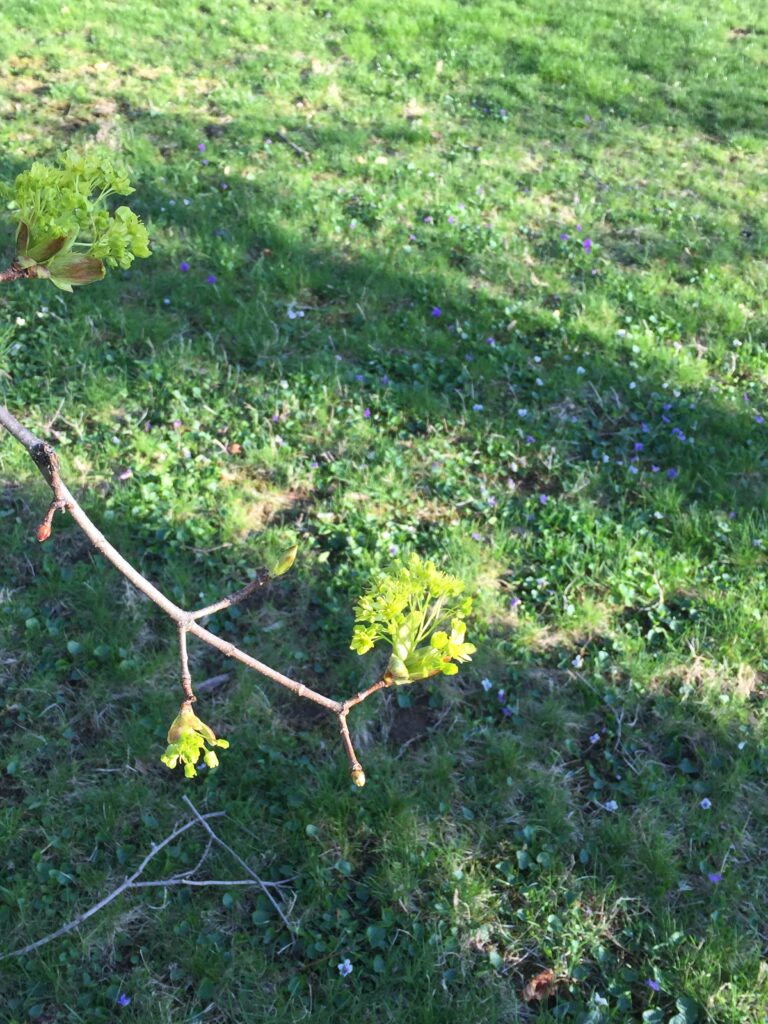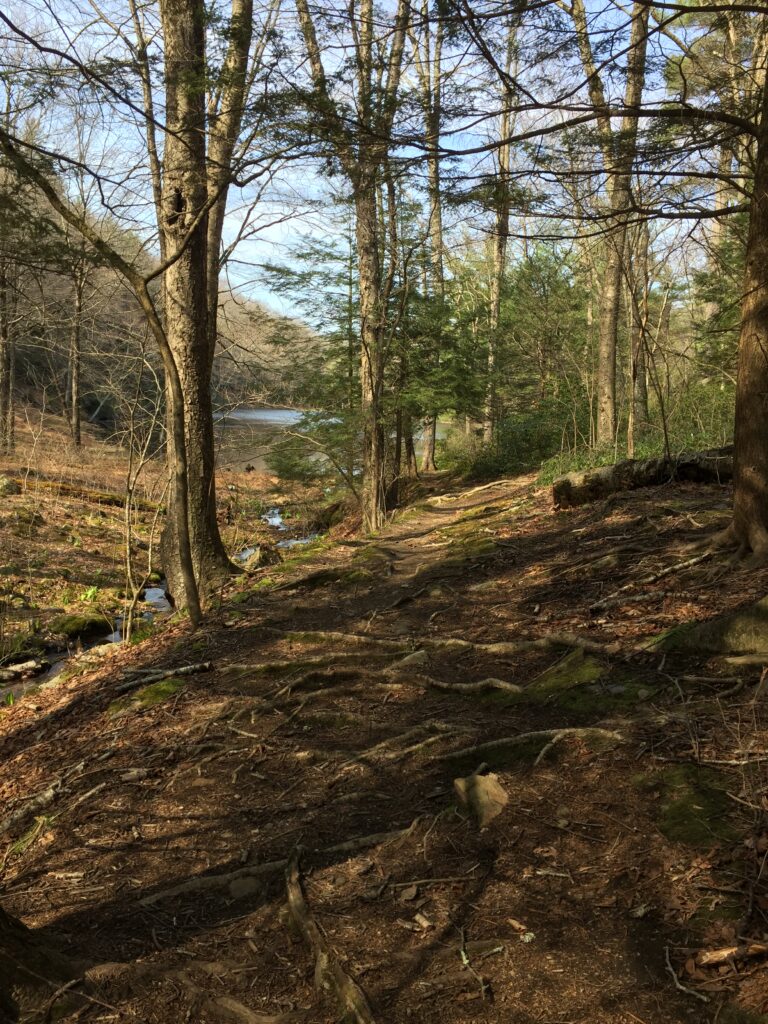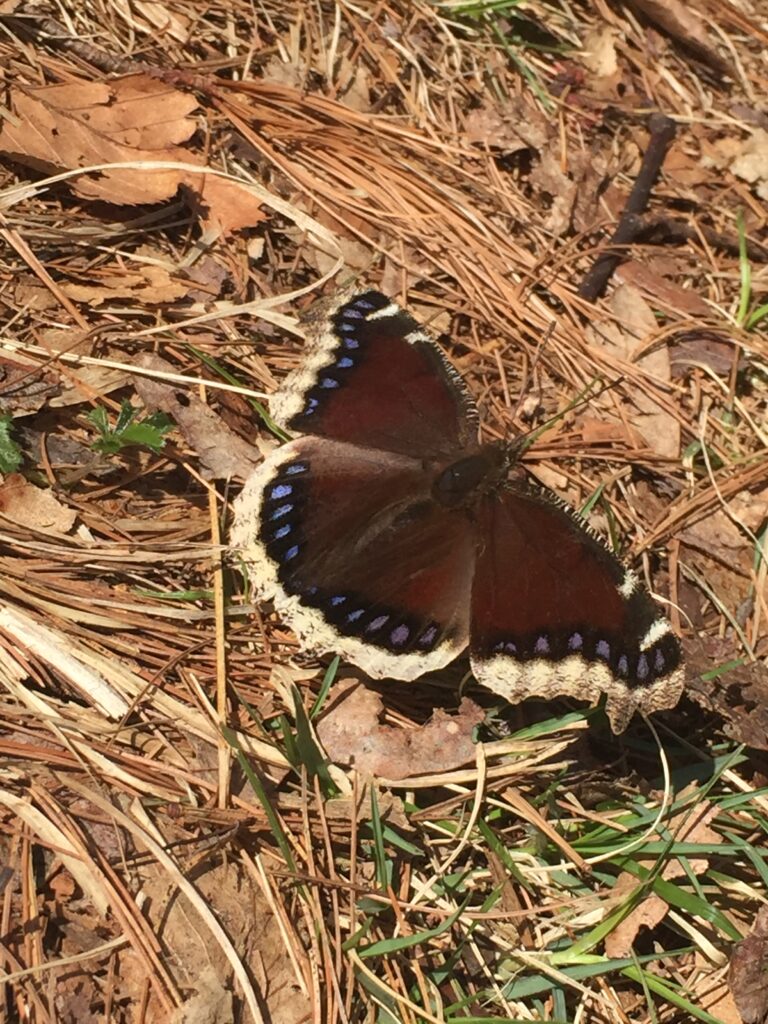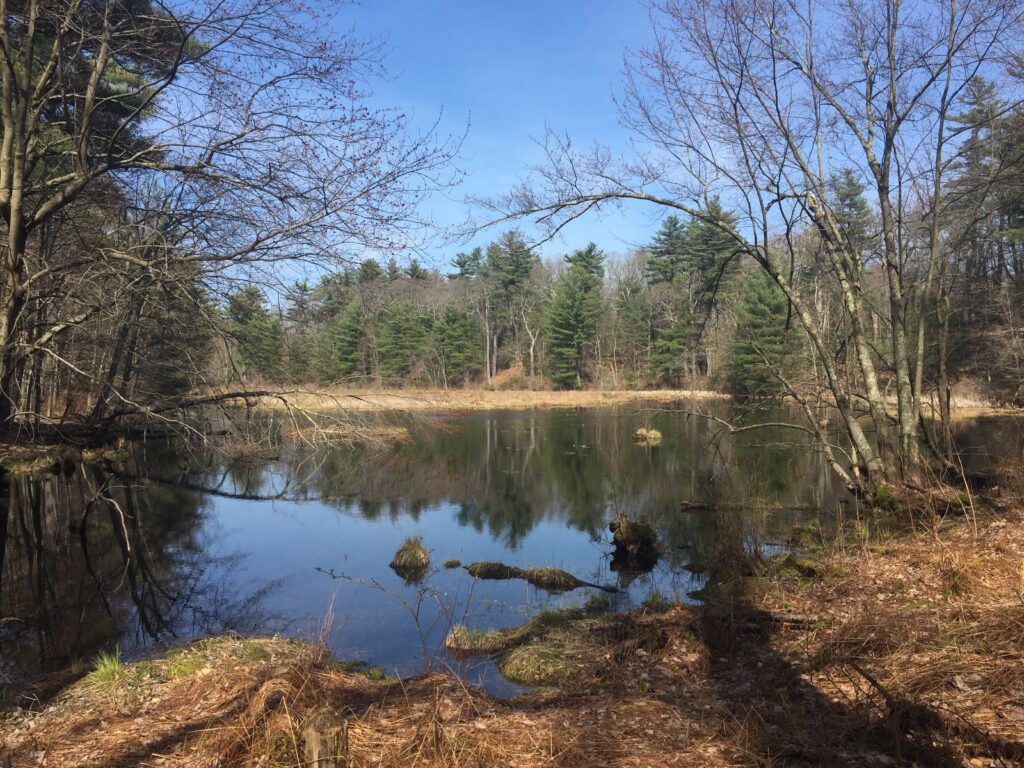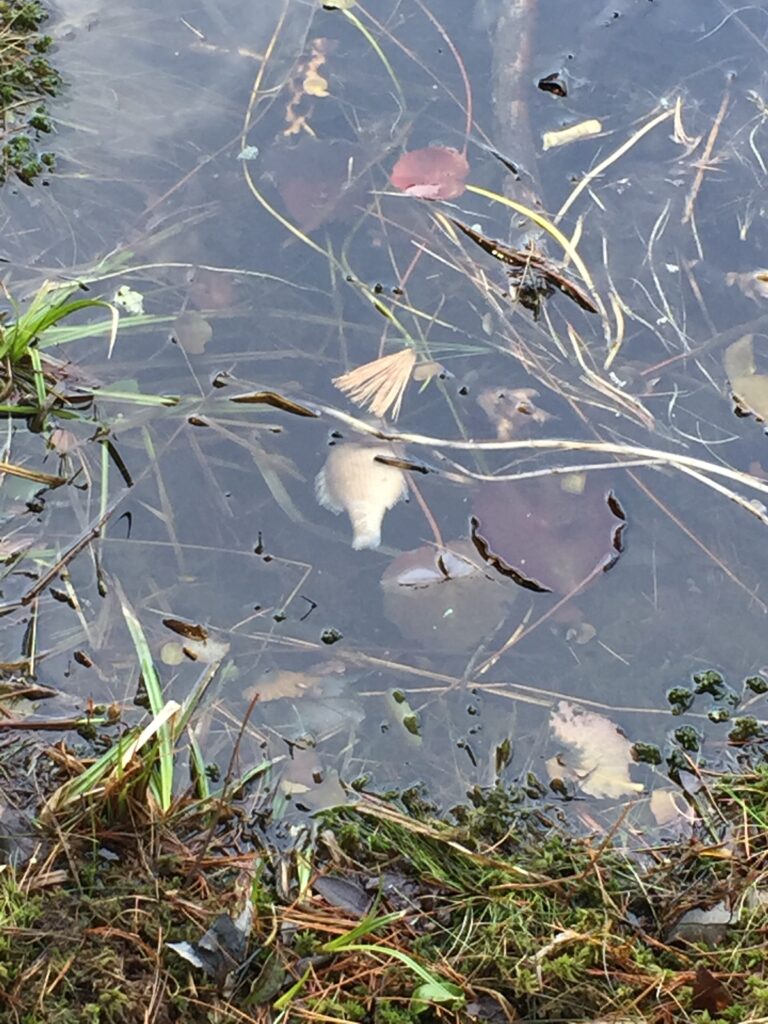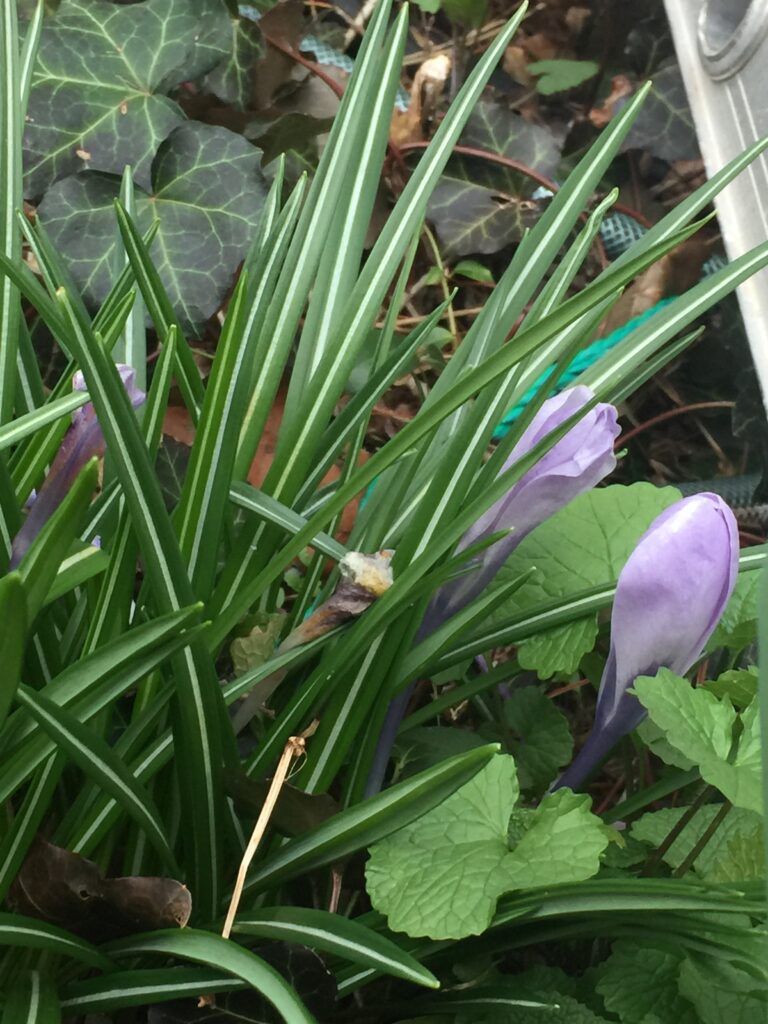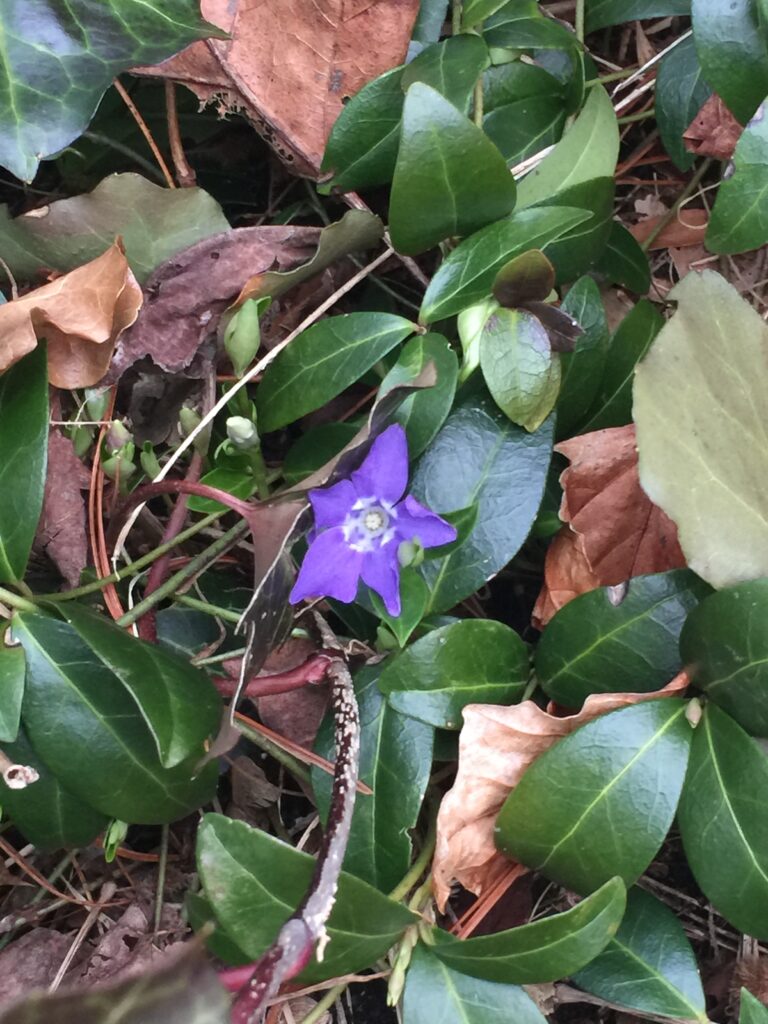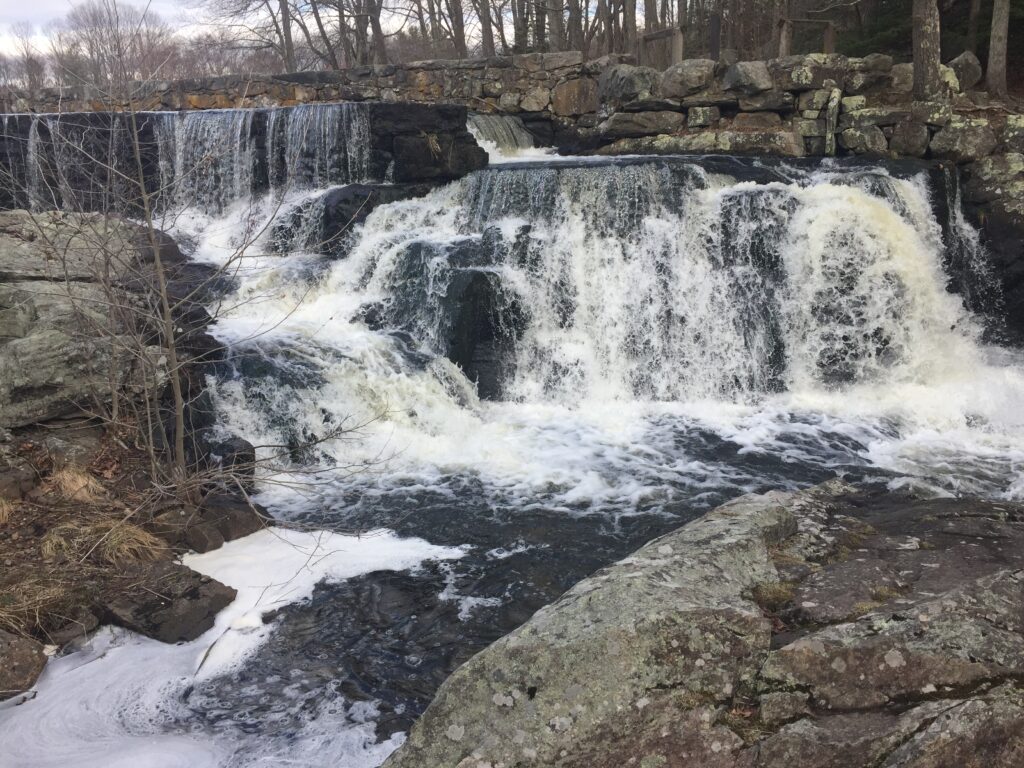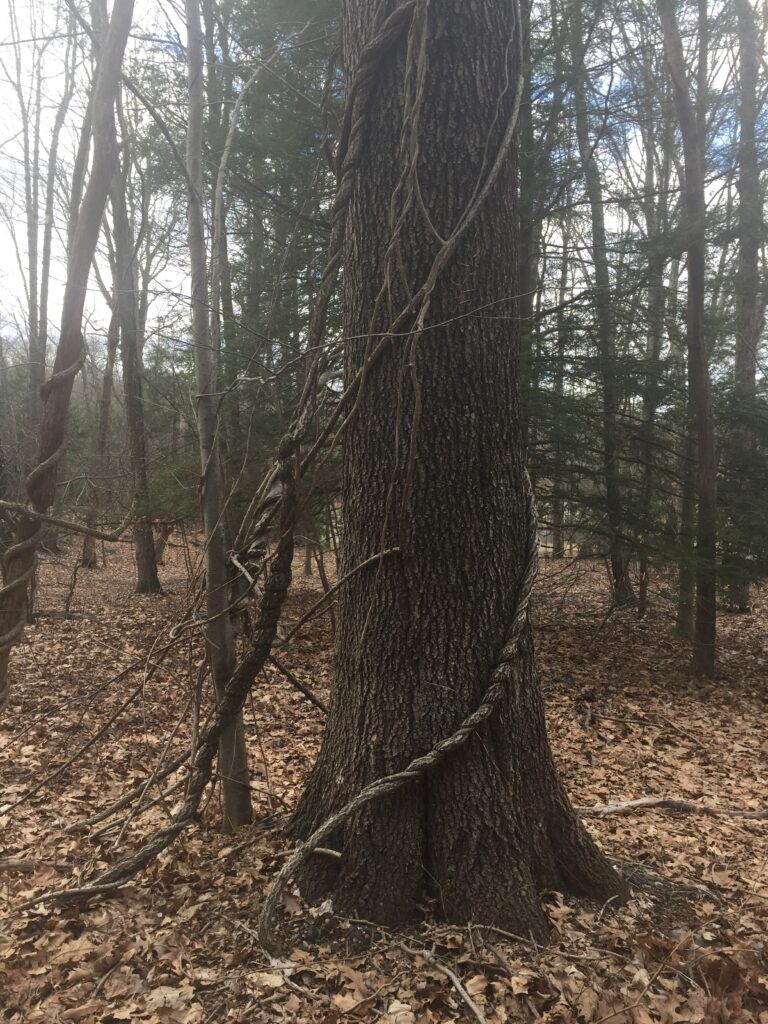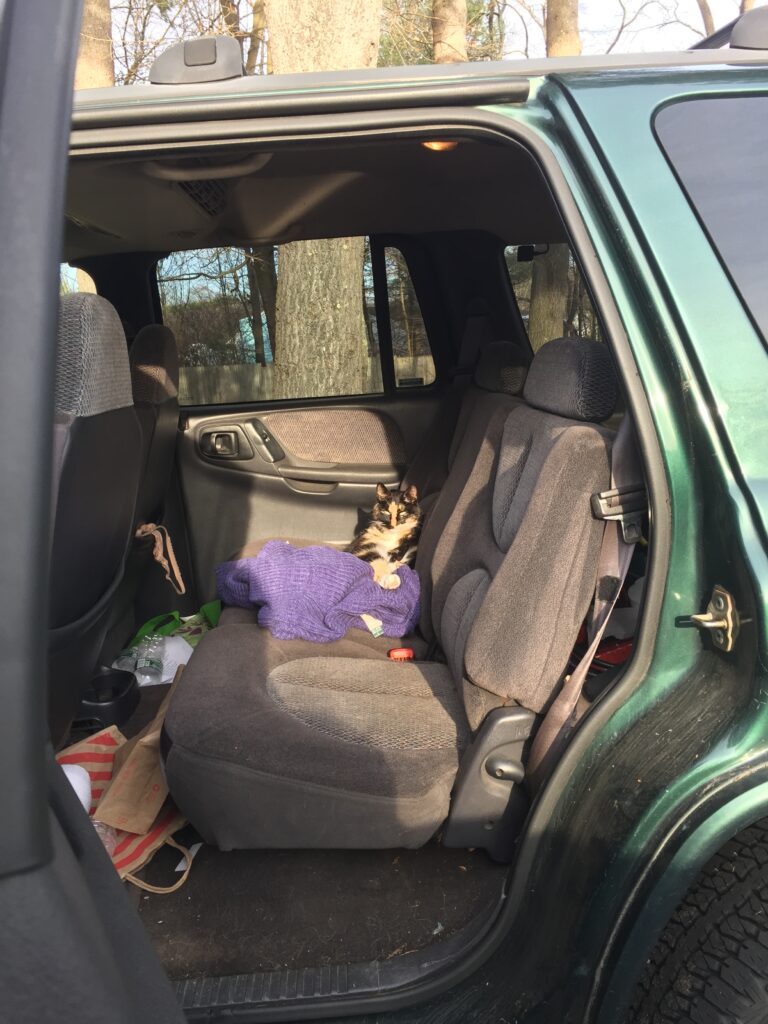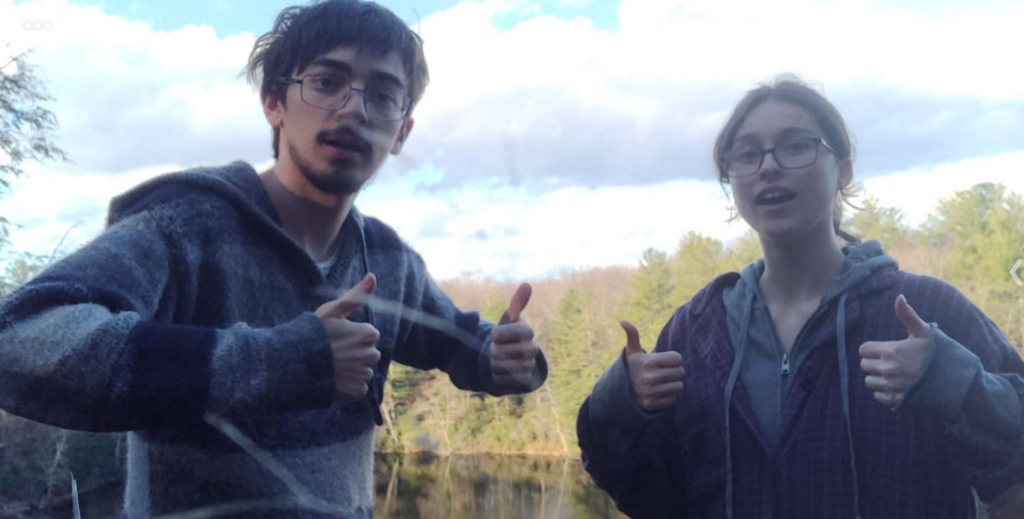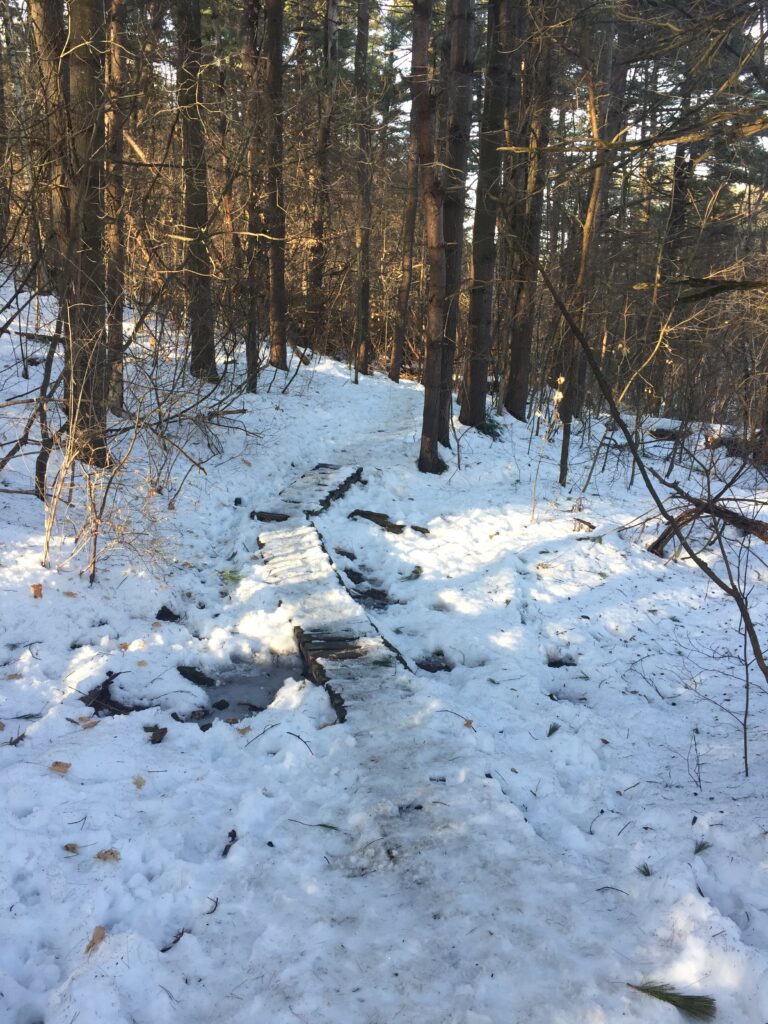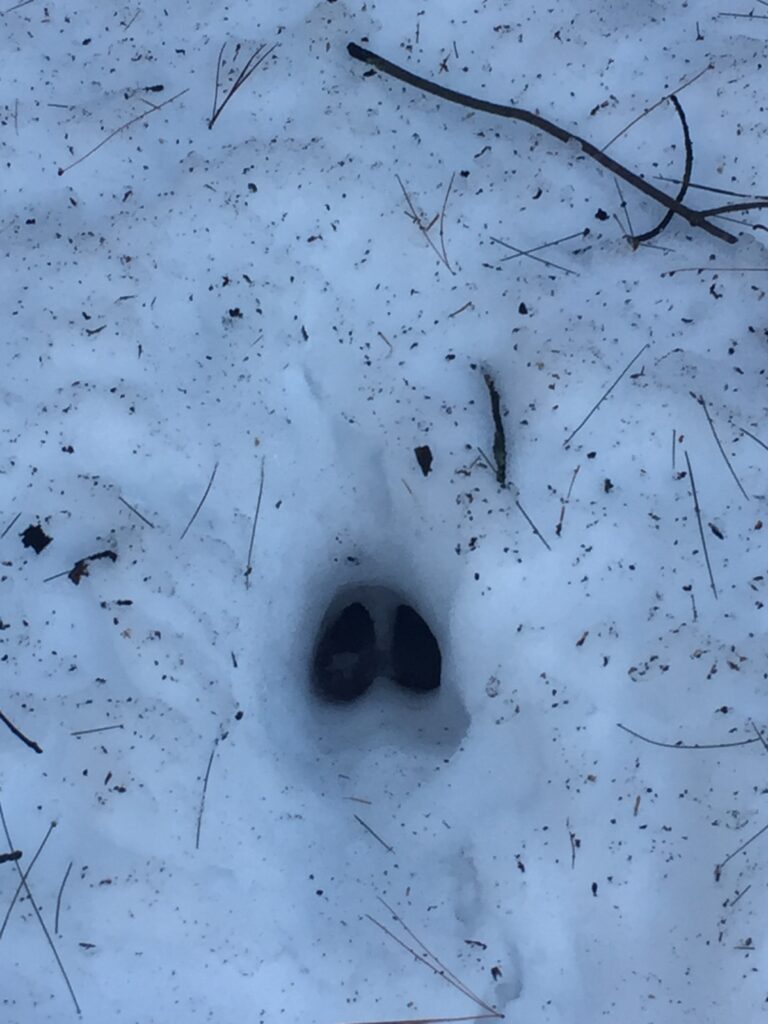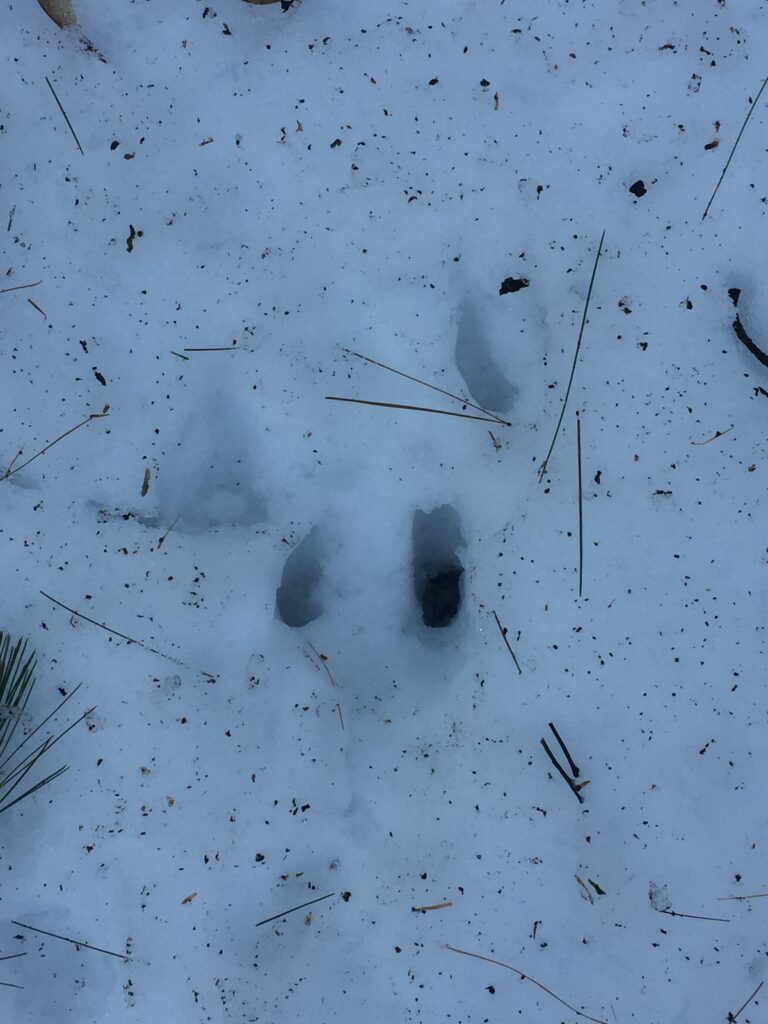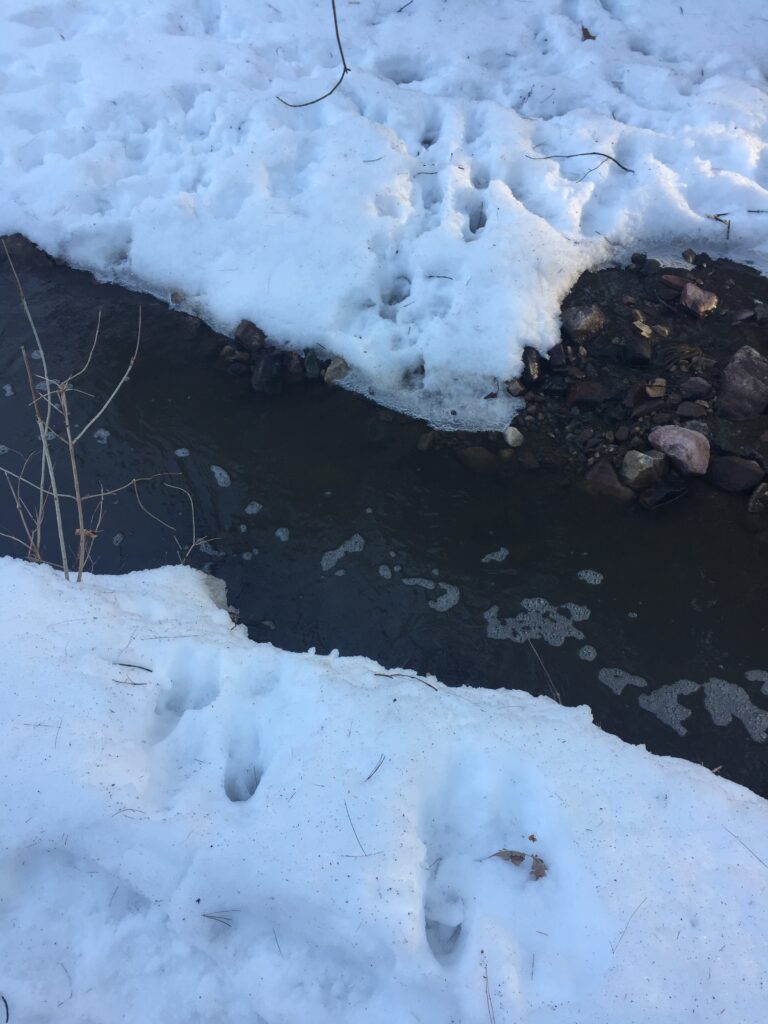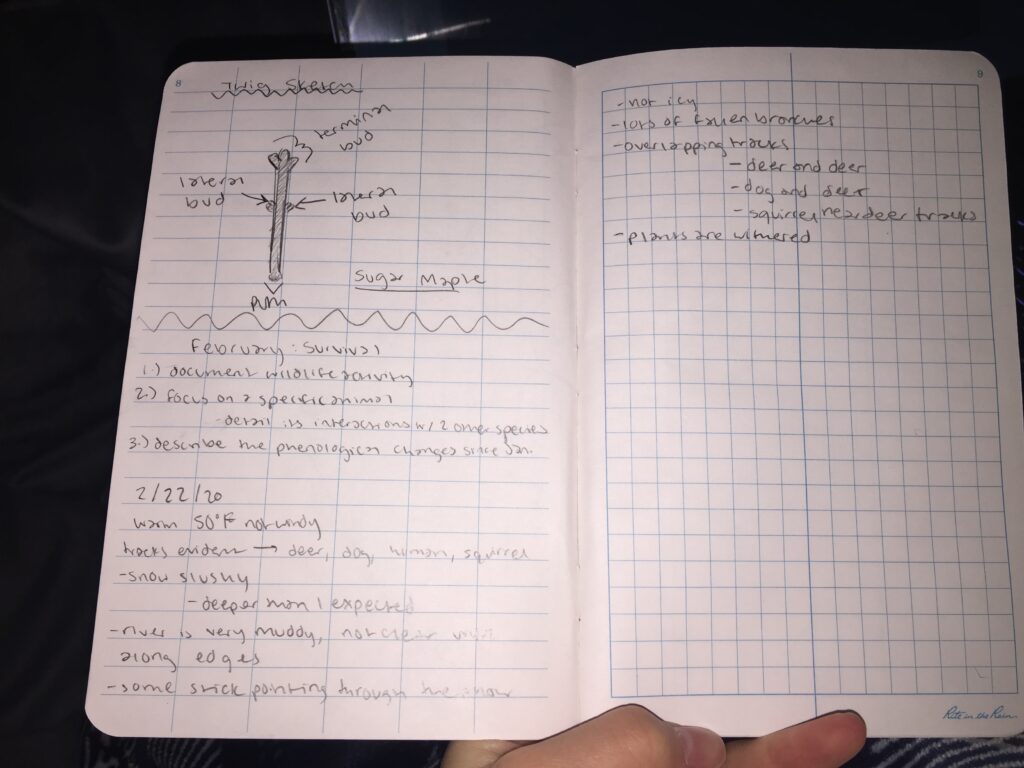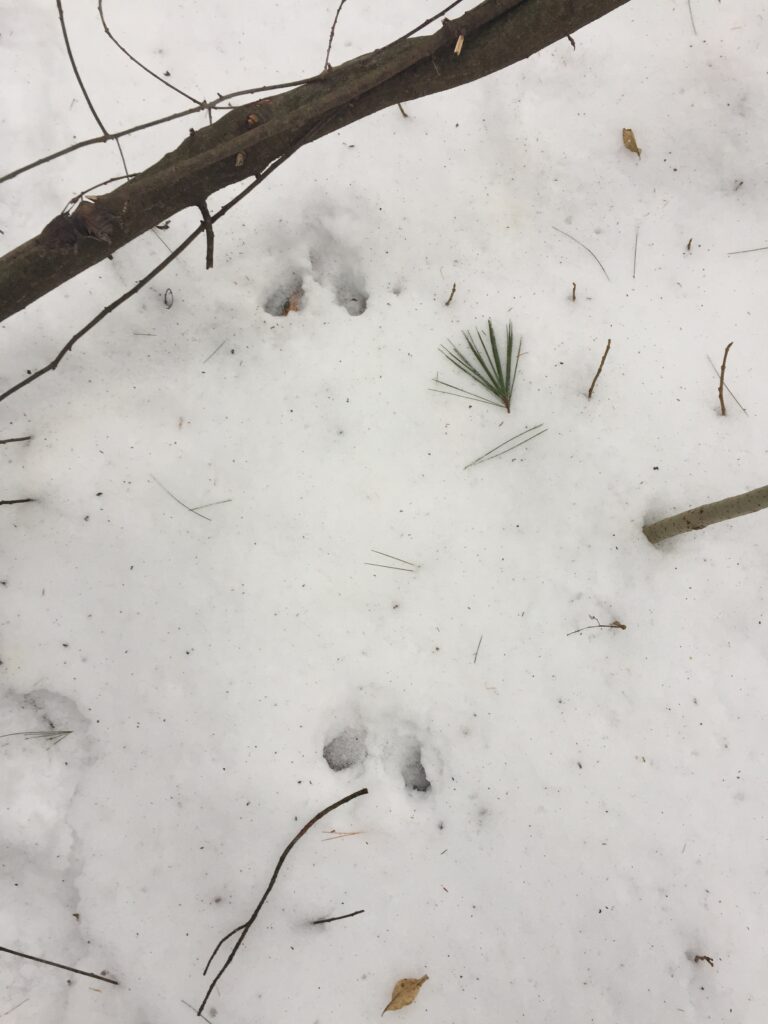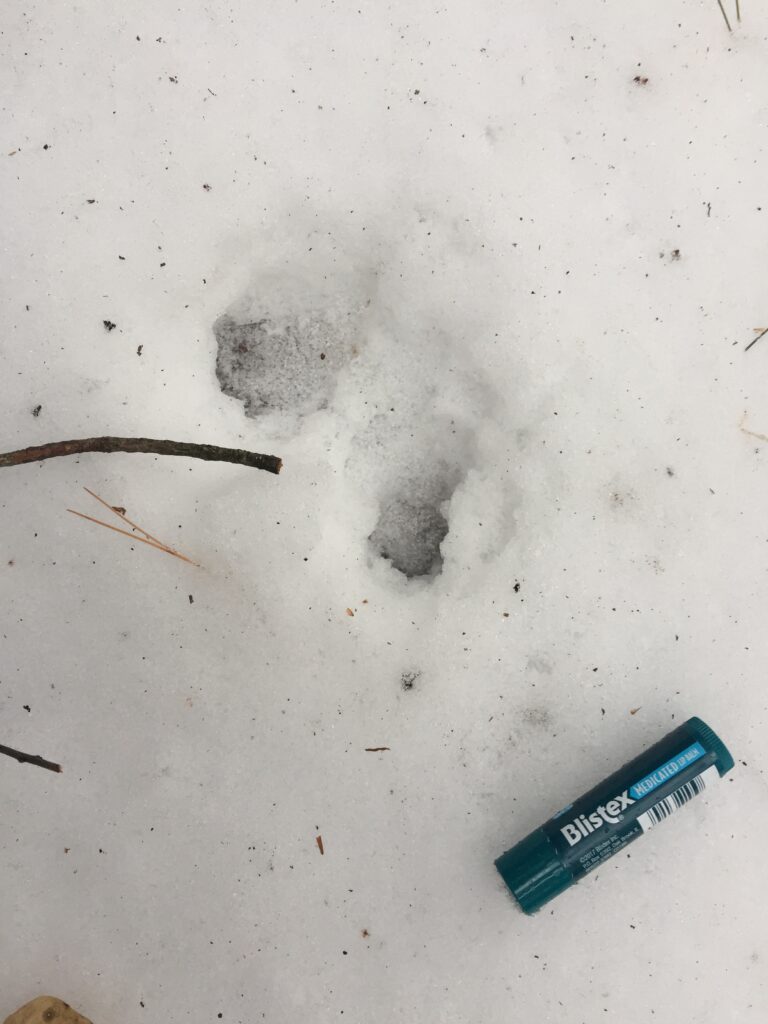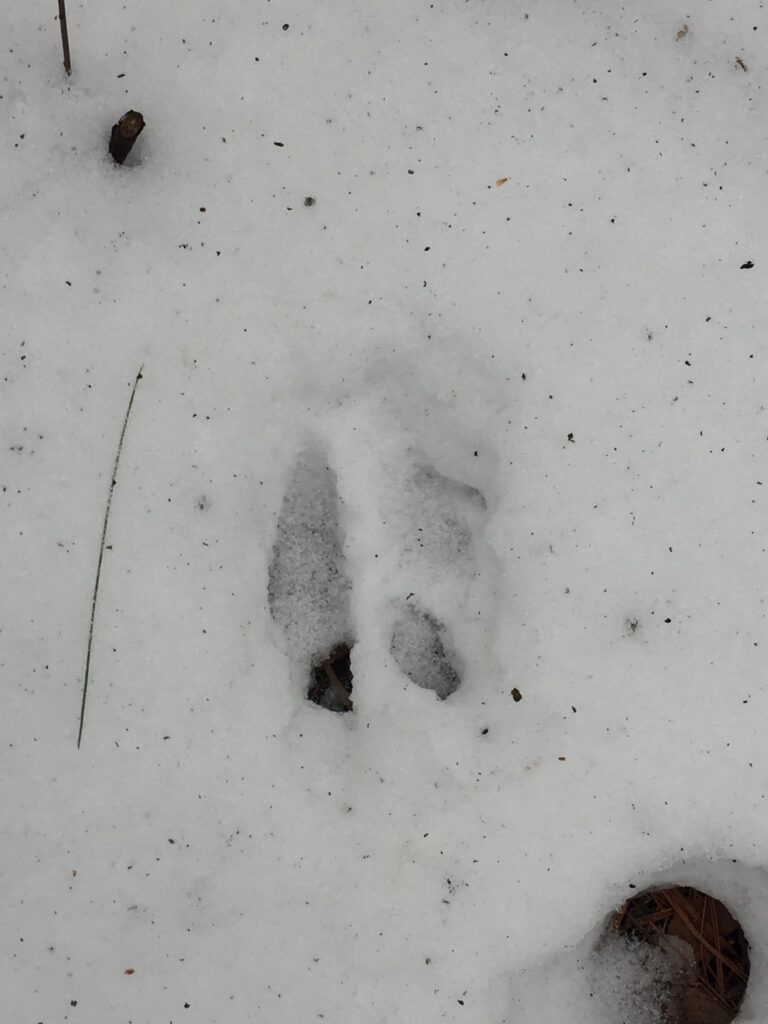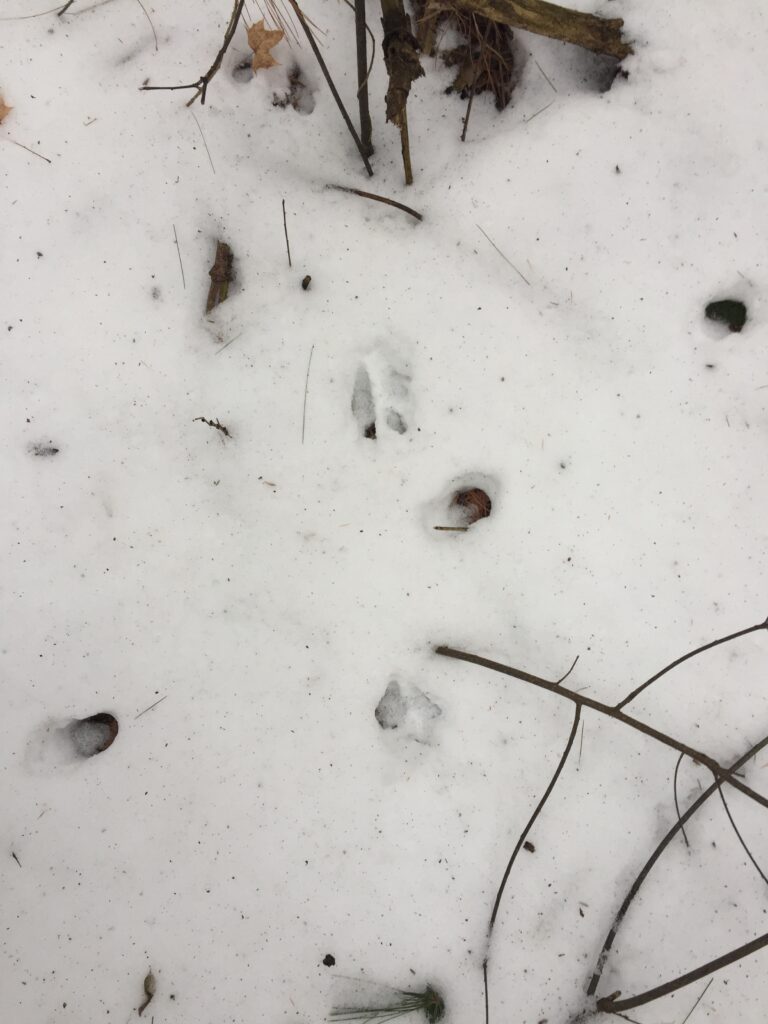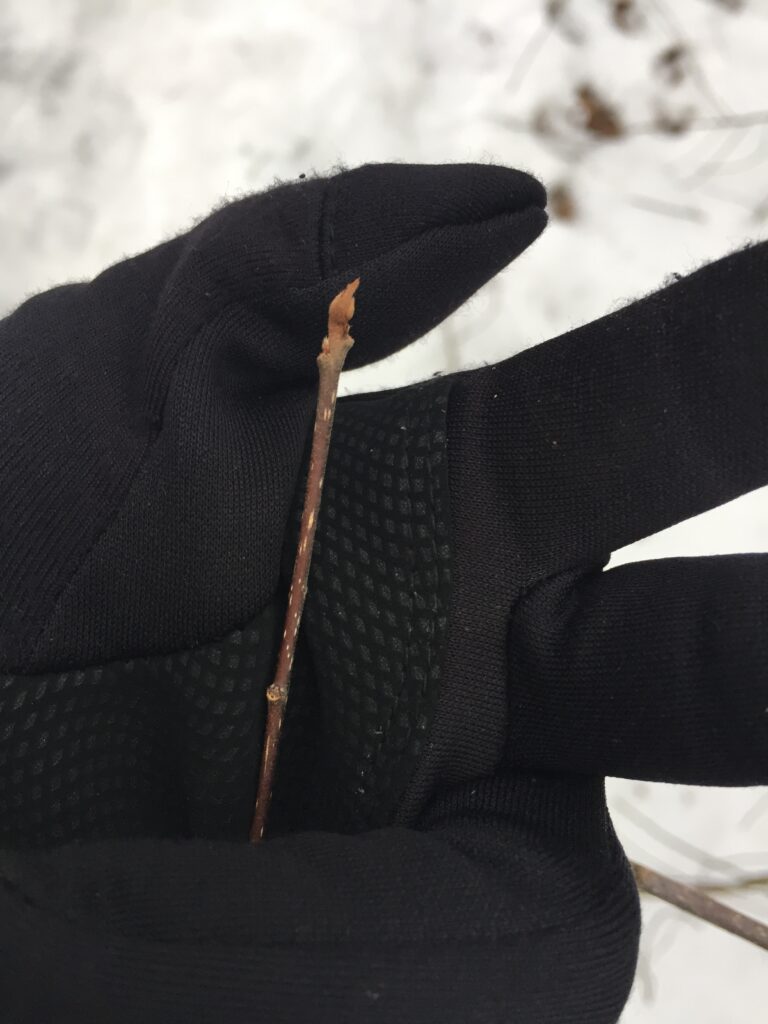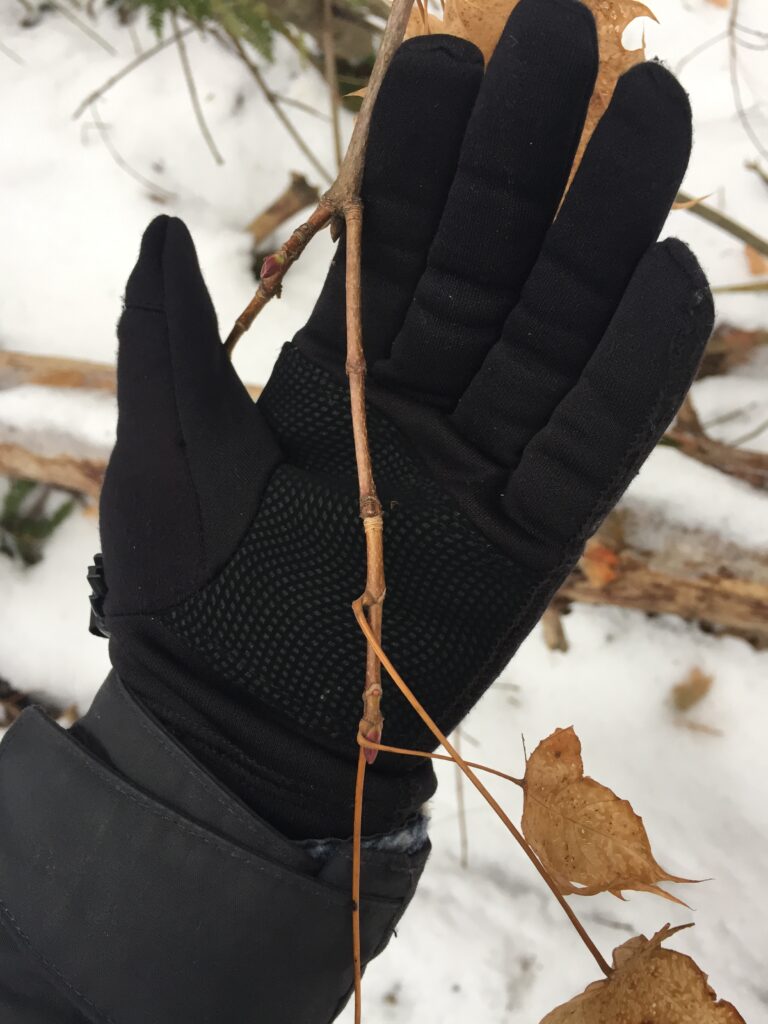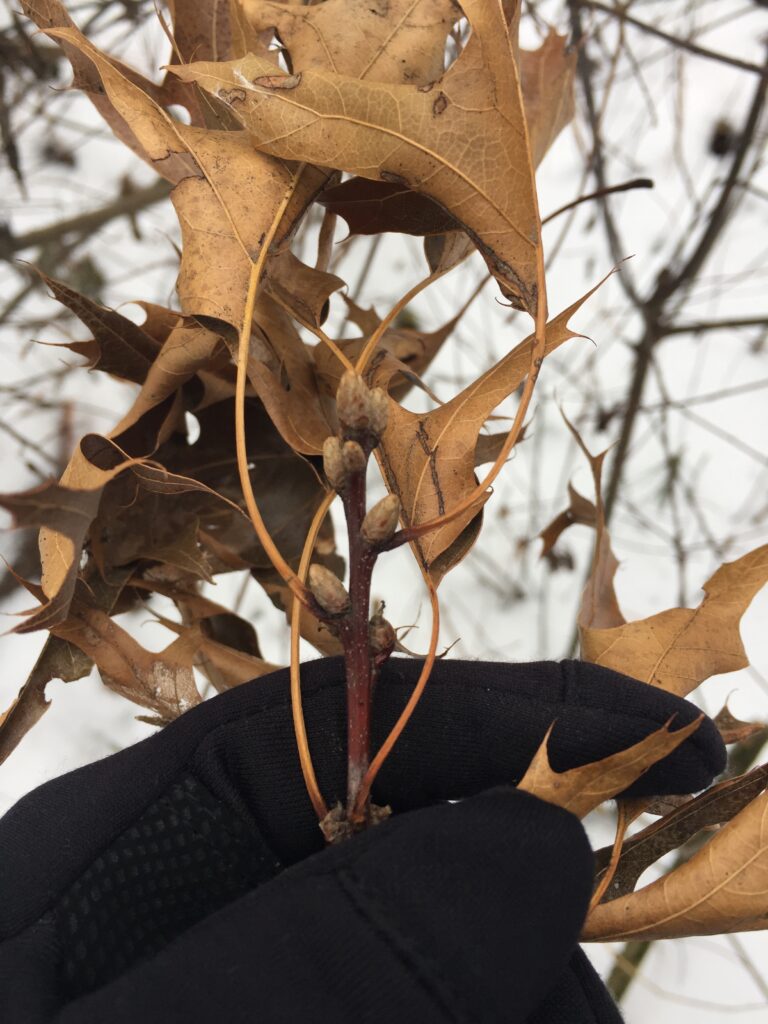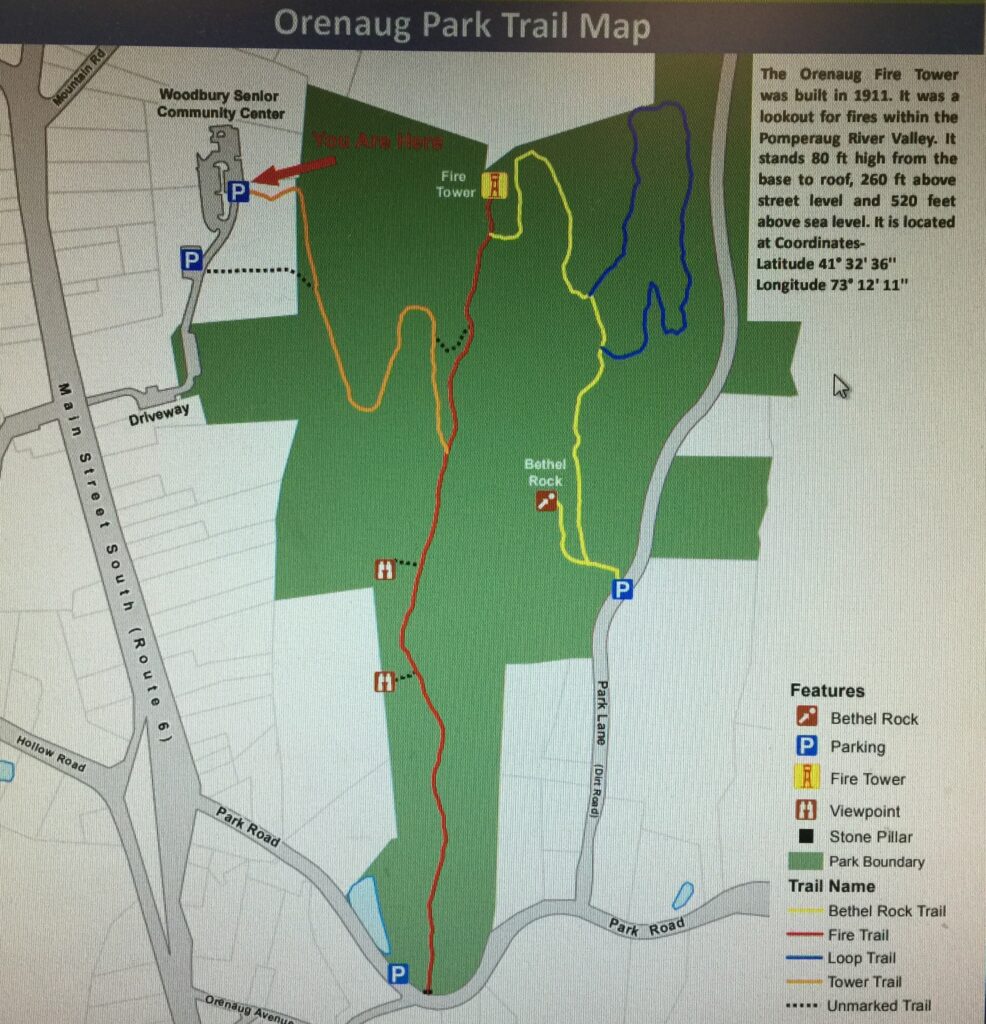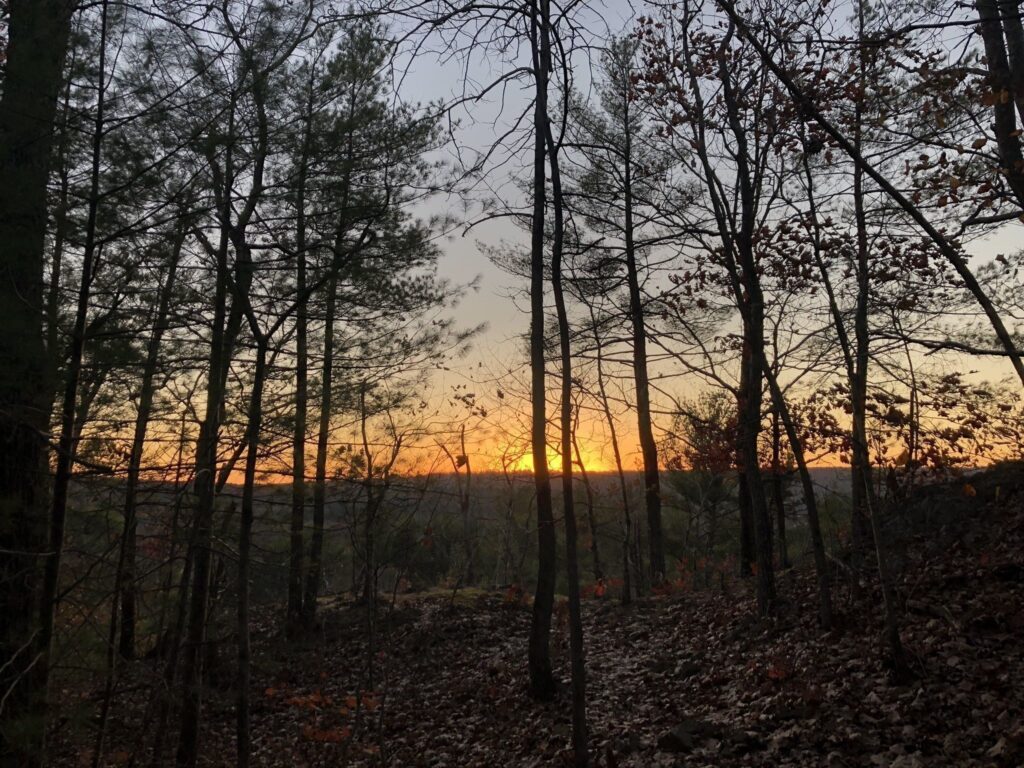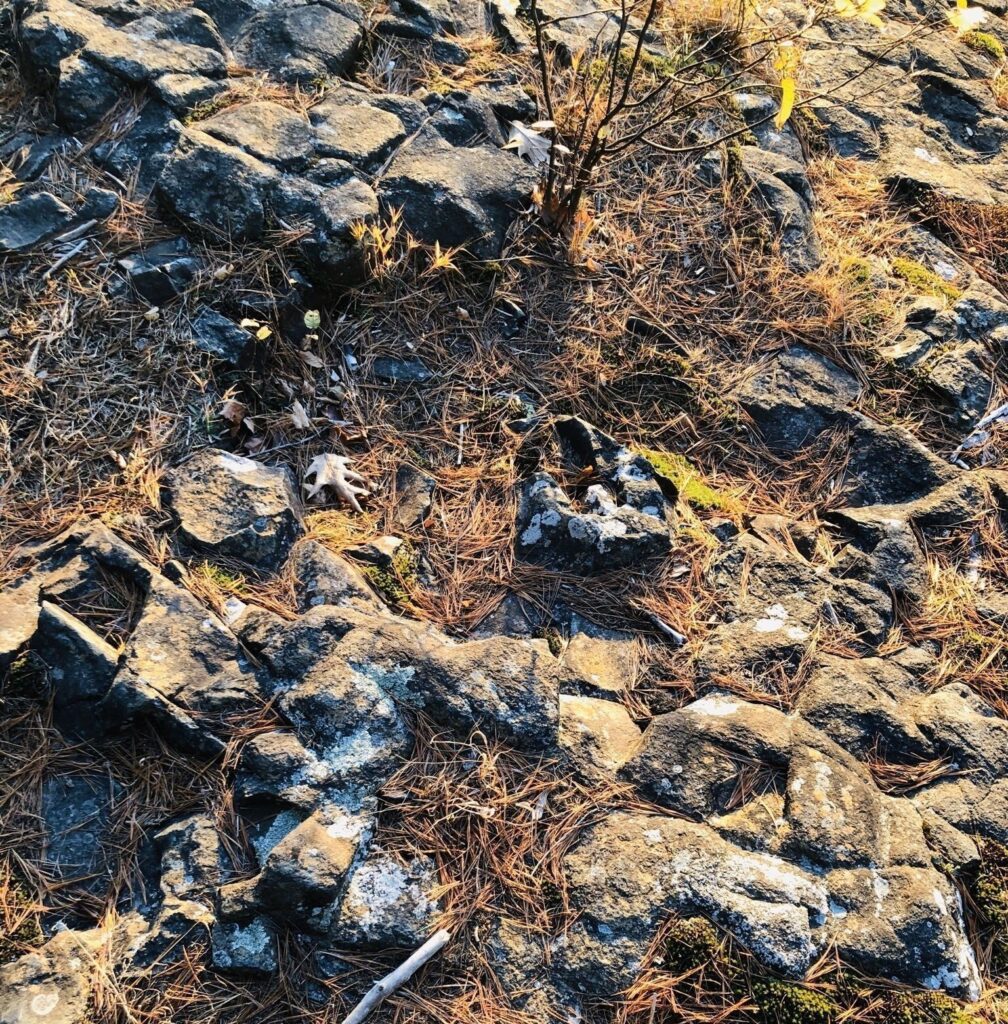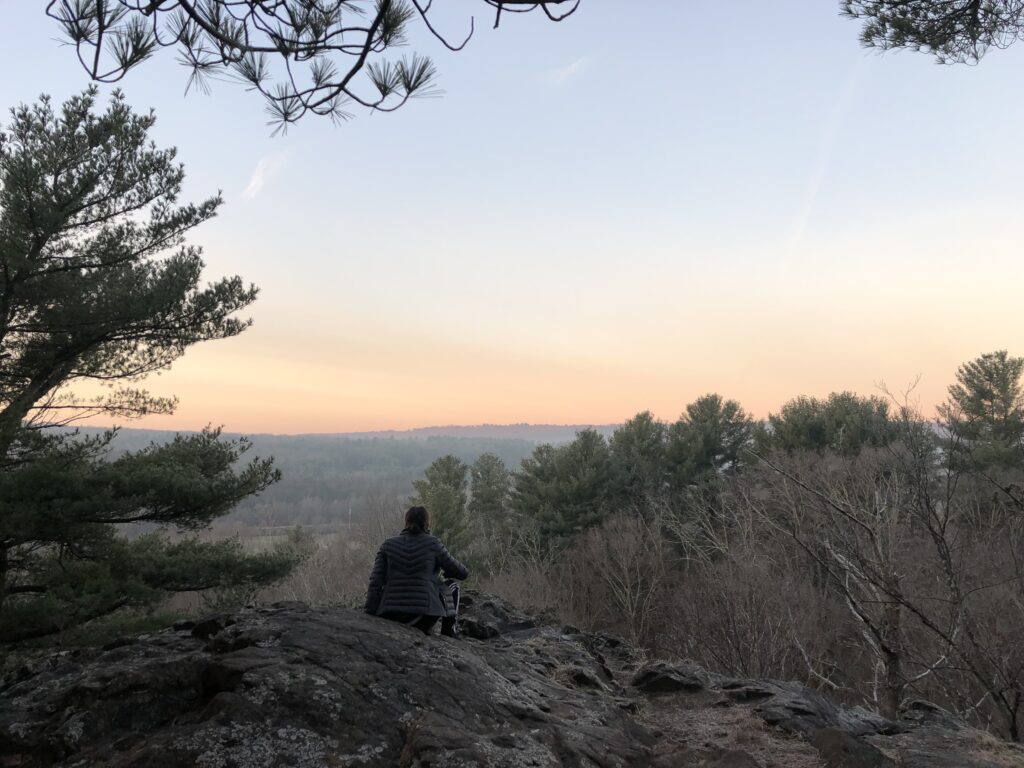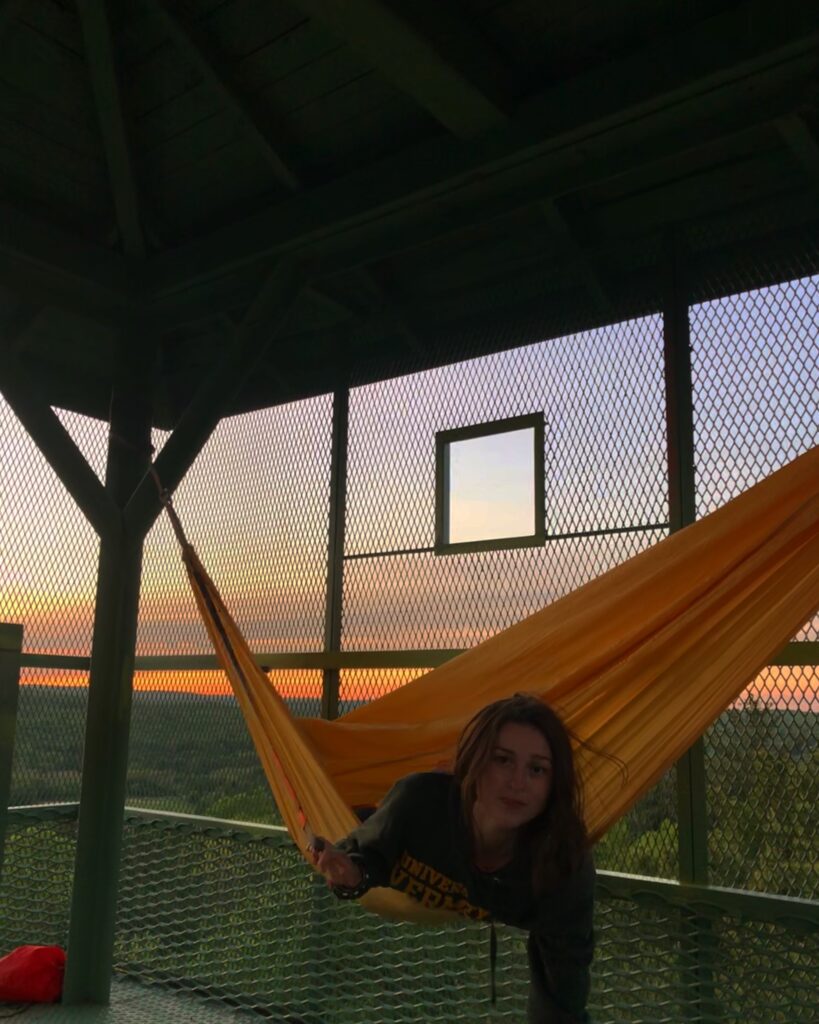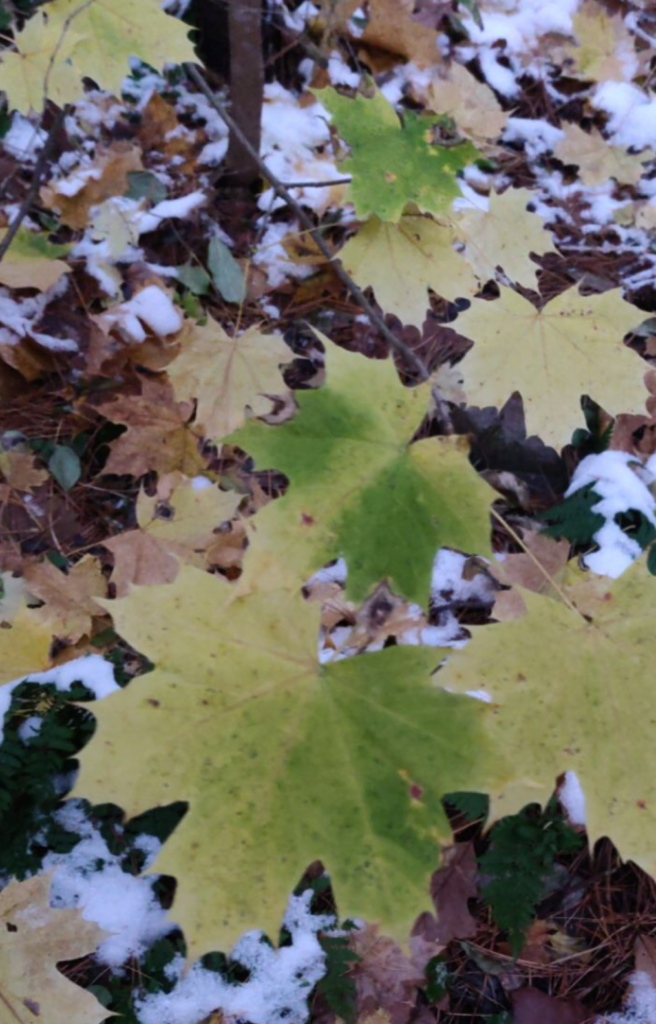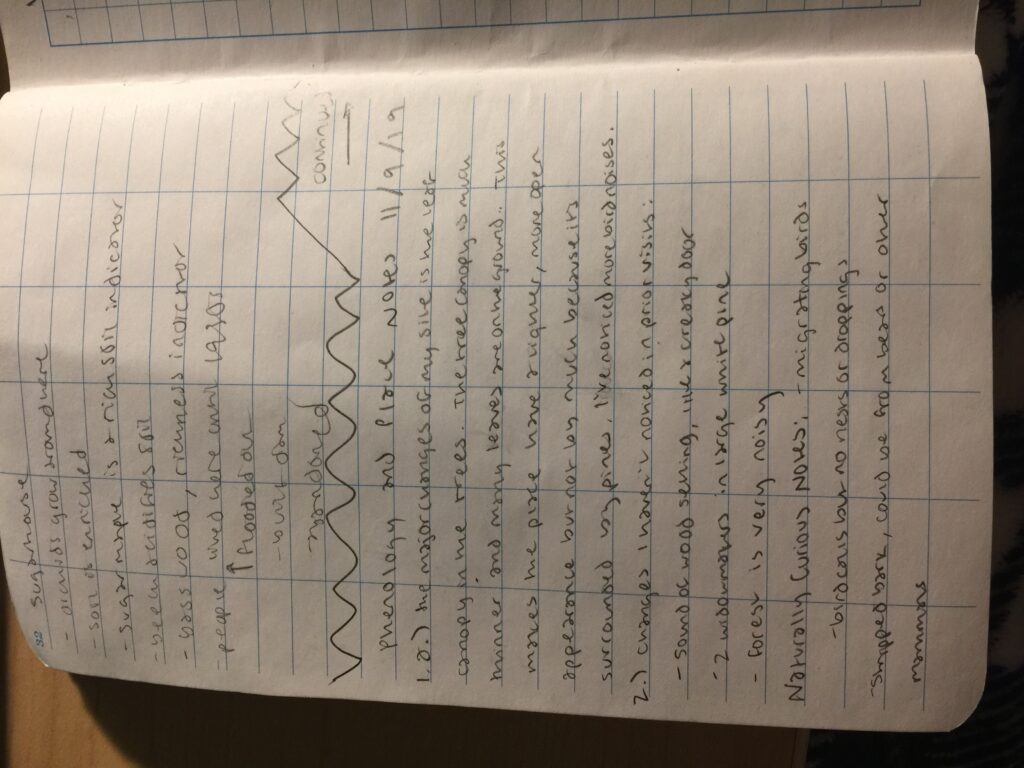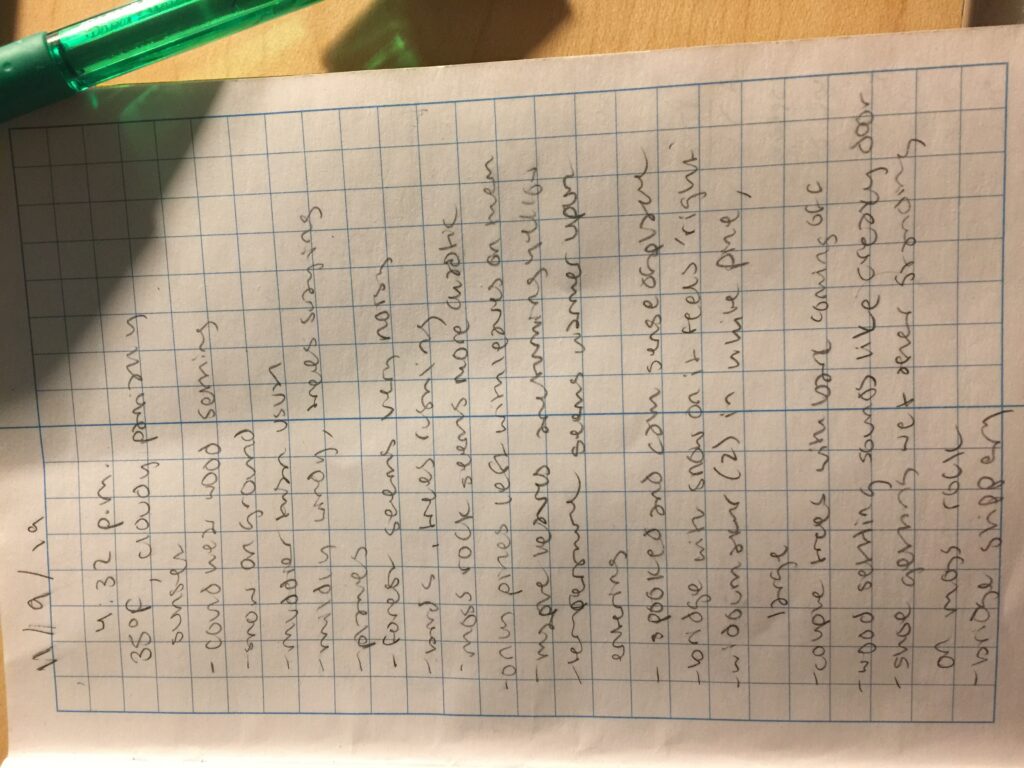Notes on the Day:
4/30/2020
- cloudy
- windy
- sunny the day before
- around 50°F
- thunderstorms at night

Mud season occurs in early Spring when dirt trails and roads become muddy from melting snow and rain. It usually lasts until Memorial day, which is in the end of May. For avid hikers it can be difficult when all you want to do is hit your favorite trail on a warm Spring day, but the health of the environment depends on you not to. Although tempting, there are important reasons why the trails close.
The ground can only hold a certain amount of water, when it overflows we see these big mud puddles all along the trail. You may think that you don’t mind getting your shoes dirty, but with every step you take, you risk soil compaction and erosion. Soil compaction makes it harder for vegetation to grow and increases the risk of flooding because the amount of water the soil can hold is reduced. Similarly, erosion leaves rocks and roots out in the open as it carries the soil away (McLane, 2019).
You may be thinking you could just step on the outskirts of the trail, right? Wrong. Walking on the edges of the trail causes significant harm to the growing vegetation and ends up increasing the width of the path as well.
This isn’t to say you won’t find a trail without mud. Sure, you may come across one that is relatively dry in the beginning. As long as you are stepping on durable material, meaning NOT MUD, you should be fine to continue along the trail. Stick to rocks and hard, dry soil. If you see lots of muddy sections with no rocks to forge your path, turn around. You’ll be doing your environment a favor and your shoes.
Thoughts: Mud season is certainly frustrating. I learned a lot about the importance of staying off the trail during this time. Had I not heard this mentioned in class or researched it on my own, I would probably be hiking the muddy trails in my town and causing damage to the soil. I’m glad I learned about this and I hope you learn something too! 🙂
References
McLane, Kristin. “Mud Season Has Arrived!” Green Mountain Club Long Trail, Green Mountain Club, 4 Apr. 2019, www.greenmountainclub.org/mud-season-arrived/.
